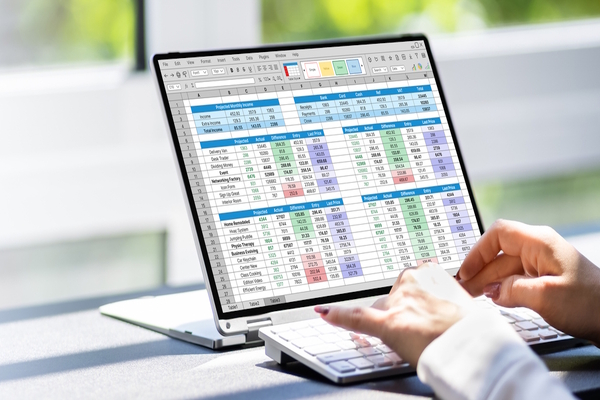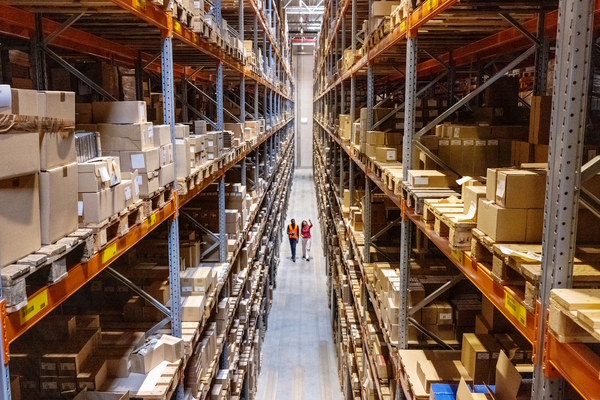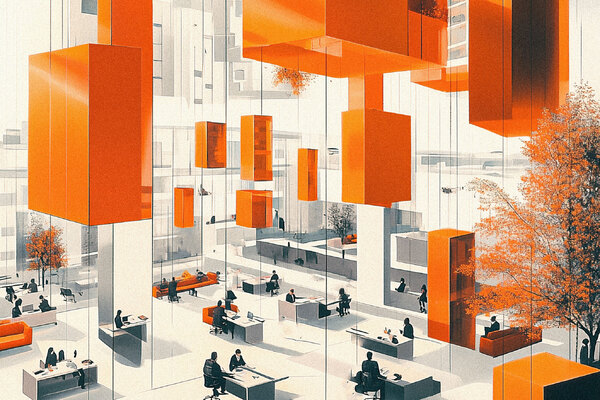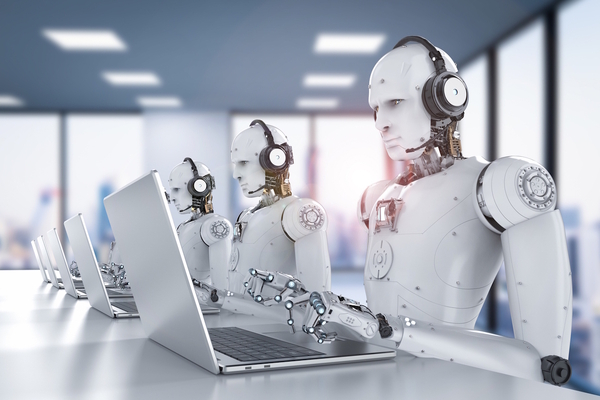The future of product design: harnessing evolution, emerging technologies and AI
Sponsored by STRVThe next chapter of product design blends creative vision with advanced tools, shaping experiences that feel truly human
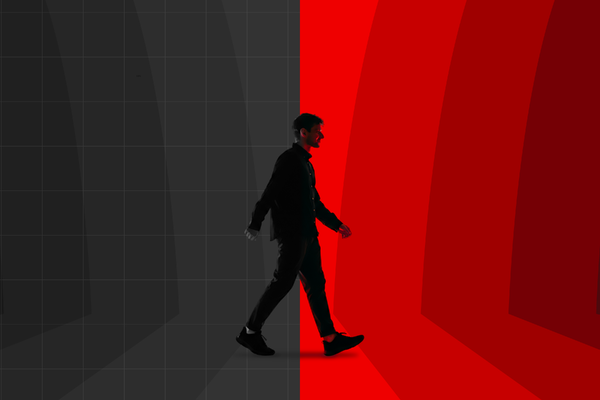
At STRV, a strong design game isn’t just a mindset, it’s one of our core pillars. We’ve built our reputation by staying ahead of industry shifts and helping brands create user-centric products that push creative boundaries while setting new design standards for digital experiences.
Product design has always moved with the times, evolving alongside technological advancements that have profoundly reshaped society and culture. From the efficiency-focused era of industrial production to today’s interconnected, user-first solutions, design has never stood still.
And now we’re facing another transformation – one driven by emerging technologies such as AI, AR/VR and new interaction models that promise to push the limits of what’s possible.
But the future of product design isn’t just about adopting the latest tools. It’s about a shift in mindset. Designers today must find the balance between technology and creativity – blending user needs, ethics and innovation to create experiences that aren’t just functional but deeply meaningful for the modern world. Let’s take a look at where we’re headed… starting with how far we’ve come.
A look back: how product design has evolved
During the Industrial Revolution, design was utilitarian – focused on mass production and efficiency over elegance. This approach was later challenged by movements such as the Arts and Crafts movement and the Bauhaus design school, both of which emphasised the harmony between form and function. These ideas introduced principles such as minimalism and the concept of “less is more”, influencing everything from architecture to everyday products.
As technology evolved, so did design. The digital age shifted attention from physical products to digital experiences, making usability and accessibility priorities. The rise of personal computing introduced human-centred design, ensuring technology served people, not the other way around. Then came the mobile revolution, making design portable and deeply personal. Simplicity, accessibility and consistency became essential as users expected seamless experiences across devices.
Today, design is no longer just about standalone products. It’s about building interconnected systems that adapt to, and even anticipate, user needs. Accessibility, inclusivity and personalisation have moved from nice-to-haves to non-negotiable standards in modern product design. So, where do we go next?
Shaping the next era of product design
The future of product design will be defined by emerging technologies and new approaches to how we interact with products. As tools continue to evolve, they will unlock deeper personalisation, immersive experiences and more natural ways for users to engage. These advancements are already shaping the next wave of design. Here’s how:
AI: the new starting point
AI has moved from a behind-the-scenes tool to a creative partner. What once simply streamlined efficiency is now capable of generating ideas, testing concepts and even predicting user behaviour. This shift allows designers to spend less time on repetitive tasks and more time refining the creative process – focusing on empathy, storytelling and the human connection.
Imagine products that adapt in real time – interfaces that adjust based on user behaviour, preferences or even emotional context. AI-driven systems make this possible by learning from user interactions and offering hyper-personalised experiences that feel dynamic, relevant and natural.
AR/VR: blending the physical and digital
Augmented and virtual reality are already changing the way people interact with products by blending the physical and digital spaces. Whether it’s immersive learning experiences or reimagined remote collaboration, AR and VR offer new ways for users to engage with products and brands.
For designers, these tools open a world of creative freedom, adding a spatial dimension where users can explore, connect and experience products beyond traditional screens.
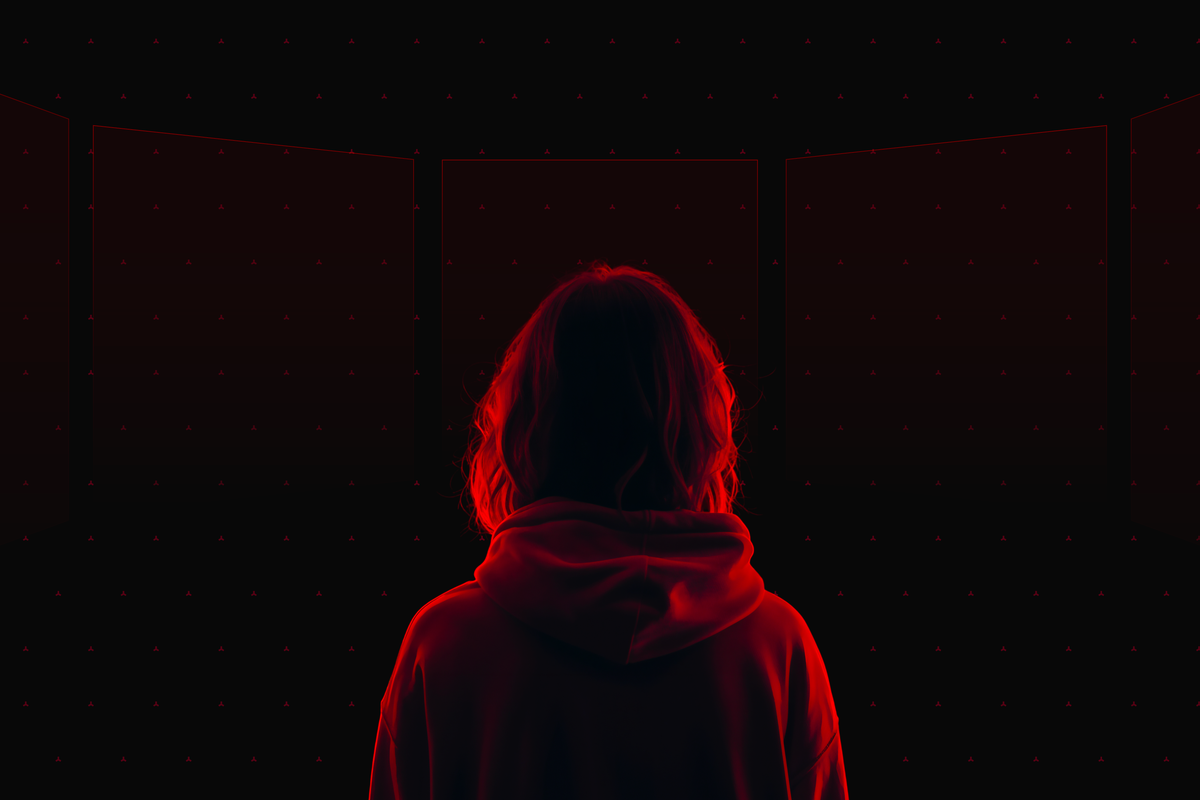
Natural interfaces: voice, motion and a new way to engage
Interaction design is also evolving – and it’s moving beyond screens. Voice-first technology, conversational AI and gesture-based controls are making products feel more intuitive, reducing friction for users.
But with new possibilities come new challenges. Just as touchscreens once required designers to rethink interaction models, these emerging technologies demand new design standards that prioritise ease of use while maintaining emotional connection.
Hyper-personalisation: smarter design, greater responsibility
The future of design will also be shaped by products that not only respond to but also anticipate user needs. Machine learning is powering hyper-personalisation, where interfaces dynamically adapt to individual preferences and behaviours – often without the user even noticing.
AI is increasingly working behind the scenes, enhancing the experience without being a visible feature. While users often associate it with chatbots or automation, it’s now influencing personalised content recommendations, adaptive interfaces and user flows in ways that feel natural and unobtrusive.
But as AI becomes more deeply embedded in product design, designers must prioritise transparency and data protection, striking the right balance between personalisation and privacy.
What’s next for product designers
As technology reshapes the design landscape, the role of the designer is evolving in step with it. No longer limited to execution, designers are becoming strategic thinkers – blending creativity with technical fluency to craft user experiences that feel truly human. Their influence now spans multiple phases of the product lifecycle, from concept and strategy to execution and refinement.
To stay ahead, designers are embracing new tools and processes that expand creative possibilities, streamline workflows and make design more collaborative than ever before. Here’s how this transformation is taking shape:
Using AI as a tool, not a replacement
AI isn’t here to replace designers – it’s here to elevate their work. By automating repetitive tasks and sparking new ideas, it allows creatives to focus on what they do best: weaving complex narratives and contexts into functional user flows – something AI alone struggles to achieve without human insight.
AI works best when paired with human intuition. This collaboration speeds up concept validation, accelerates ideation and helps designers push creative boundaries in ways that weren’t possible before.
When combined with emerging tools such as no-code platforms and advanced animation software, AI is enabling richer, more dynamic digital products – raising the bar for modern design.
Embracing the evolution of the role and process
The designer’s role is expanding to meet the complexity of modern technology and user needs:
- From tactical to strategic. With AI handling routine tasks, designers can focus on big-picture innovation, storytelling and creating meaningful user experiences.
- Blending creative and technical skills. Hybrid roles such as design engineering are allowing designers to drive the product process from initial concept to final execution, influencing both the creative direction and technical execution of products.
- Breaking old constraints. New tools are removing past limitations, allowing designers to create adaptive, personalised solutions without compromising creative freedom.
This shift is also changing how design teams work. Prototyping tools are making it faster to test, refine and iterate. Collaboration platforms have made global teamwork easier, encouraging more fluid interaction between disciplines and locations for both real-time and asynchronous collaboration.
Democratising design
Technology is making design more accessible than ever. No-code platforms, AI tools and open-source resources are empowering non-designers – such as marketers, engineers and entrepreneurs – to contribute to the creative process.
While this shift fosters collaboration, it also underscores the continued value of trained designers. Skills such as empathy, conceptual thinking and a refined sense of taste remain essential for translating complex ideas into impactful solutions.
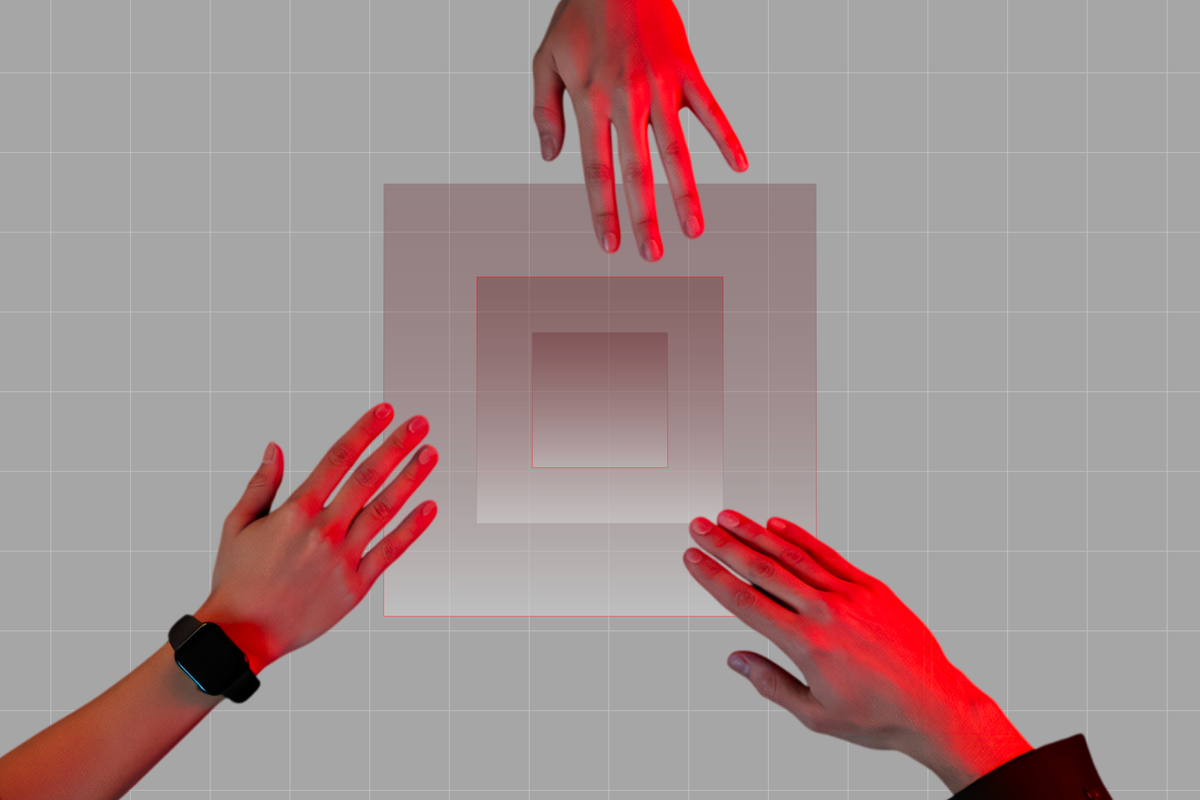
Creativity and technology: a new era for design
The intersection of creativity and technology is redefining what’s possible in product design. By combining human ingenuity with emerging tools, designers are crafting experiences that feel more dynamic, inclusive and transformative than ever before.
At STRV, we’re embracing this evolution. As a digital product development company, we blend cutting-edge technologies with a deep understanding of people to create products that push boundaries and deliver lasting impact. Since 2004, we’ve partnered with startups and global brands – including Microsoft, Barry’s, The Athletic and Porsche – to turn bold ideas into market-leading digital experiences.
Curious about your product’s potential? Try our STRV Vibe Check – a UX/UI review from our design experts that uncovers opportunities to elevate your product
By Lubo Smid, CEO, Lukas Buzga, Head of Design and Fabian Sanabria, Brand Designer, STRV.

Business Reporter Team
Most Viewed
Winston House, 3rd Floor, Units 306-309, 2-4 Dollis Park, London, N3 1HF
23-29 Hendon Lane, London, N3 1RT
020 8349 4363
© 2025, Lyonsdown Limited. Business Reporter® is a registered trademark of Lyonsdown Ltd. VAT registration number: 830519543
